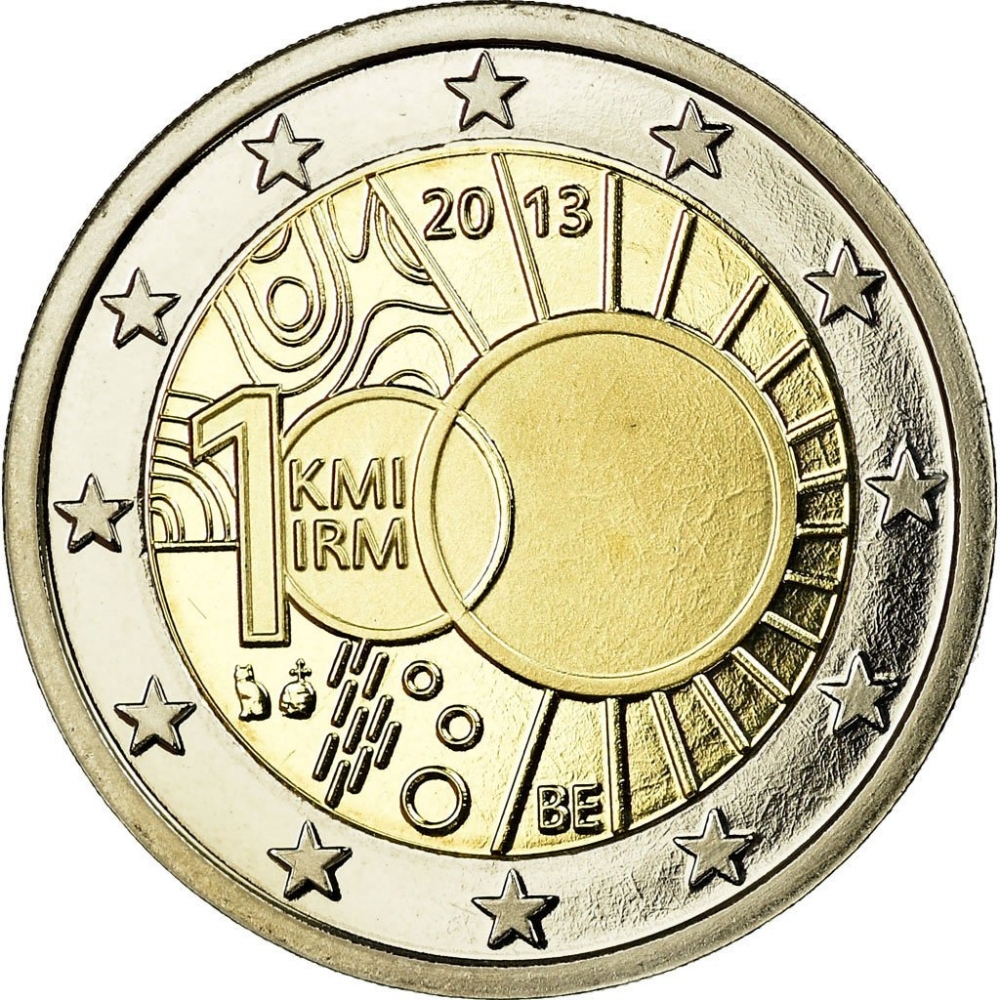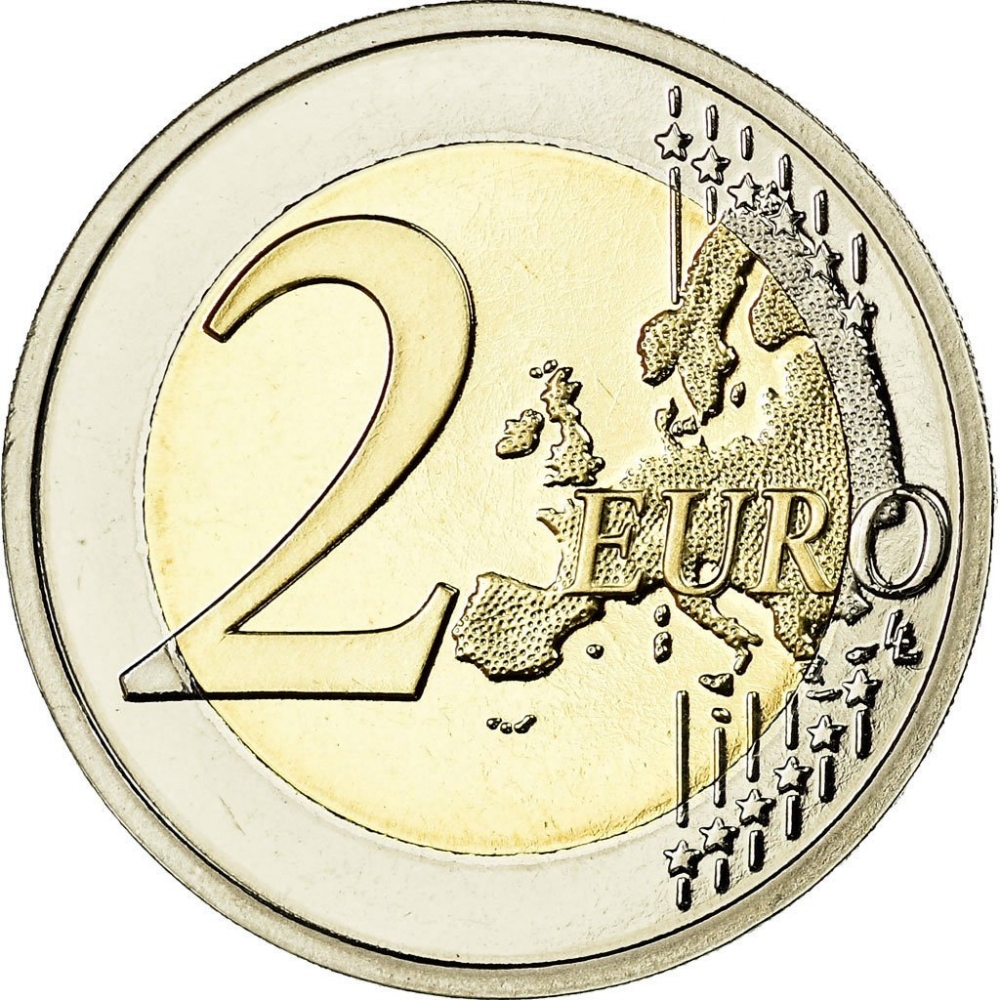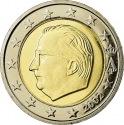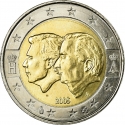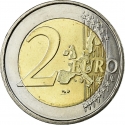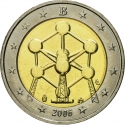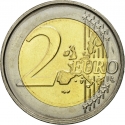You are about to finish your registration. Please check your mailbox (including spam folder). There should be a letter with a confirmation link. Check setting to make sure that your e-mail address is correct.
Send letter againDescription
The Royal Meteorological Institute of Belgium (French: Institut Royal Météorologique de Belgique or IRM; Dutch: Koninklijk Meteorologisch Instituut van België or KMI) is a Belgian federal institute engaged in scientific research in the field of meteorology. In 1823, Adolphe Quetelet obtains from the Minister of Public Education the creation of an astronomical Observatory in Brussels. In 1876, Jean-Charles Houzeau de Lehaie, the new director of the Observatory, moved the Observatory from the site of Saint-Josse-ten-Noode to Uccle, as well as making from astronomy and meteorology two separate departments. On September 1, 1876, the first Belgian weather forecast was edited, based on the analysis of a synoptic map. On July 31, 1913, the meteorological service of the Observatory becomes an autonomous institute under the name of Royal Meteorological Institute (RMI). Jean Vincent is its first director.
The RMI is located in Uccle, in a site shared with the Royal Observatory of Belgium and the Belgian Institute for Space Aeronomy. The current face of RMI reflects the importance given to scientific meteorological research, in the fields of forecasting, issues concerning atmosphere and climate, the hydrological cycle, observations’ systems, magnetism and the ionosphere.
Obverse

|
Depicts the number 100 with the first zero encircling the abbreviations 'KMI' and 'IRM' and the second zero representing a sun. Isobars, raindrops and snowflakes are depicted to the left of the sun. The year '2013' is displayed in the upper rays of the sun and the nationality 'BE' is indicated in the lower rays. The twelve stars of the European Union surround the design on the outer ring. 2013 |
|---|---|
Reverse

|
A geographical map of Western Europe spans the outer ring and inner core on the right side of the coin. The inscription 2 EURO is superimposed over the map of Europe, with the numeral “2” located in an open field representing the eastern Atlantic Ocean. 2 EURO |
| Edge |
The sequence "2 ★ ★" repeated six times alternately upright and inverted 2 ★ ★ 2 ★ ★ 2 ★ ★ 2 ★ ★ 2 ★ ★ 2 ★ ★ |
Characteristics
| Type | Commemorative Issue (Circulating) |
| Material | Bi-Metallic |
| Ring | Cupronickel |
| Center | Nickel Brass |
| Weight | 8.5 g |
| Diameter | 25.75 mm |
| Thickness | 2.2 mm |
| Shape |
|
| Alignment | Medal |
| Mint |
Royal Belgian Mint
|
